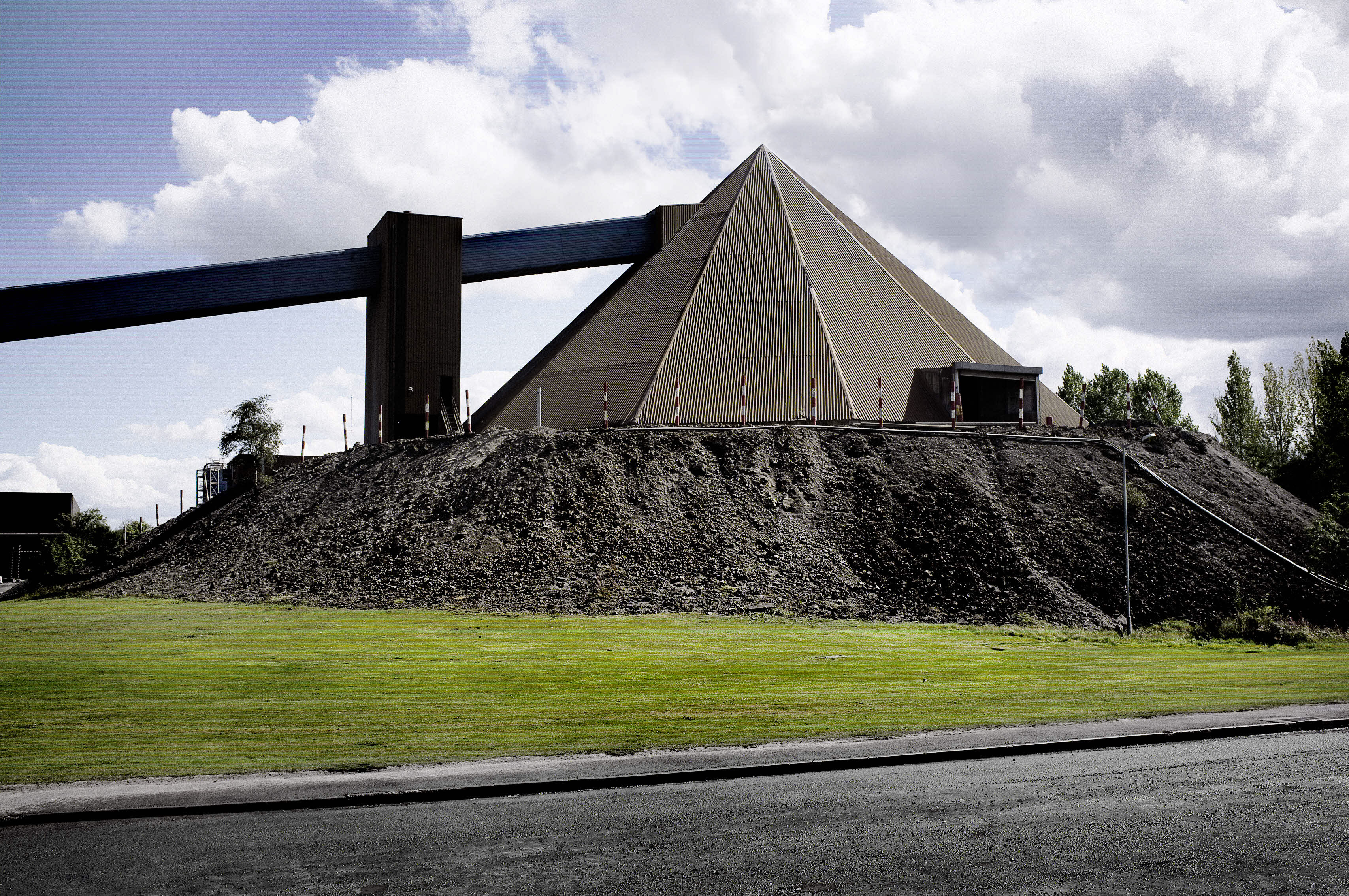
About Ireland
About the Area
The Republic of Ireland is located on the island of Ireland which sits off the west coast of Europe. The country makes up about 80% of the island and shares a border with Northern Ireland, a devolved region of the United Kingdom. The population of the country is just under 4.8 million people, with over 1 million living in the capital city Dublin. The island is well known for its lush green vegetation, thanks to our temperate climate. We experience mild winters and cool summers that allows for exploration all year round. In 2015 we were ranked the sixth most developed nation in the world by the United Nations' Human Development Index.
The Irish economy is an open knowledge based economy, with the main industries consisting of pharmaceuticals, chemicals, computer hardware and software, food products, beverages and brewing and medical devices. Agriculture was once the main stay of the economy but has been replaced over the last few decades by high-value foreign direct investment. For GDP per capita Ireland ranks 5th of 187 in the IMF table and 6th of 175 in the World Bank ranking.
The Mining and Metallurgy Industry
Ireland has a rich mining history dating back to the Bronze Age (ca 2000 B.C.) when Ireland was an important copper and alluvial gold producer. During the 16th and 17th centuries iron was the main metal mined but it was not until the late 18th and 19th centuries that the Irish metal mining industry really flourished. This was triggered by the needs of the Industrial Revolution which we supplied with copper, lead, silver, gold, coal, slate and pyrite.
Today, Ireland is an internationally renowned zinc-lead province which includes the giant ore deposit at Navan (>110Mt) owned by Boliden Tara Mines Ltd. Prior to the recent closure of the Lisheen and Galmoy Mines Ireland was the largest zinc producer in Europe and the second largest producer of lead.
In addition to metal mining, Ireland has a rich heritage of industrial mineral and coal extraction. Both gypsum and brick shale are currently worked and until recently dolomite and fireclay were also exploited. Other industrial minerals previously extracted in Ireland include barite, dimension stone, phosphate, silica sand, marble and slate. The large demand for road and building construction aggregates in Ireland supports a thriving quarrying industry. Today crushed rock and sand and gravel are exploited from in excess of 400 sites across the country.
The metallurgy industry in Ireland is limited to the Aughinish Alumina plant in Co Limerick. The plant refines imported bauxite into alumina and then exports the refined alumina to outside the EU for further processing to aluminium metal. It is the largest alumina refinery in Europe with about 450 employees with the capacity to produce up to two million tonnes of aluminium oxide a year.
Mineral Deposits and Metallurgy Production Sites
The introduction of the Minerals Development Act in 1940, coupled with significant tax measures announced in the 1956 Finance Act, had a catalytic effect on mineral exploration in Ireland. Over the next 60 years there was several economic discoveries; Abbeytown (Zn/Pb), Tynagh (Pb/ Zn/Cu/Ba), Silvermines (Zn/Pb), Ballynoe (Ba), Gortdrum (Cu/Ag/Hg), Tara Mines Navan (Zn/Pb), Galmoy (Zn/Pb), Lisheen (Zn/Pb) and Pallas Green (Zn/Pb). Of these only Tara Mines is currently in production. Present-day mining is not restricted to just metal mining, with gypsum extracted at the Irish Gypsum Drummond Mine in Kingscourt Co Monaghan, fireclay by Flemings Fireclay Ltd in Co Laois and marble by private operators from a number of open pits in Connemara Co Galway.